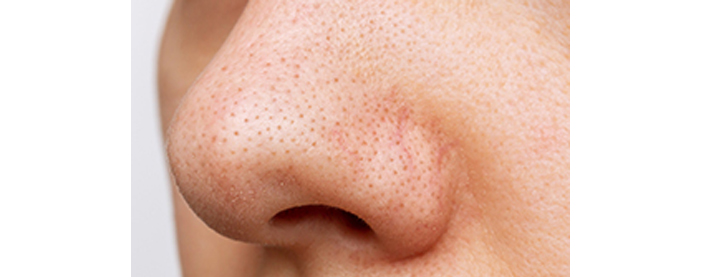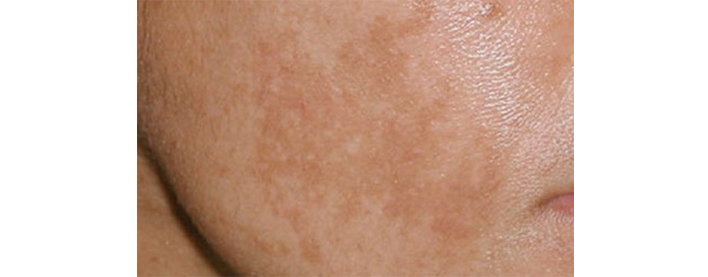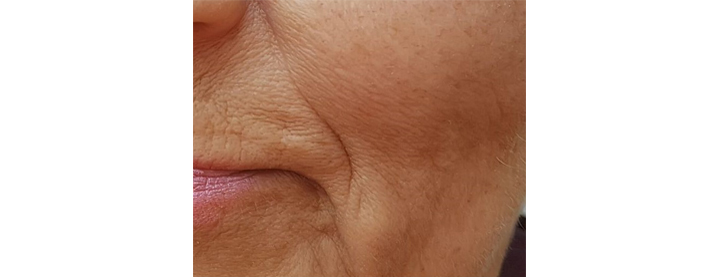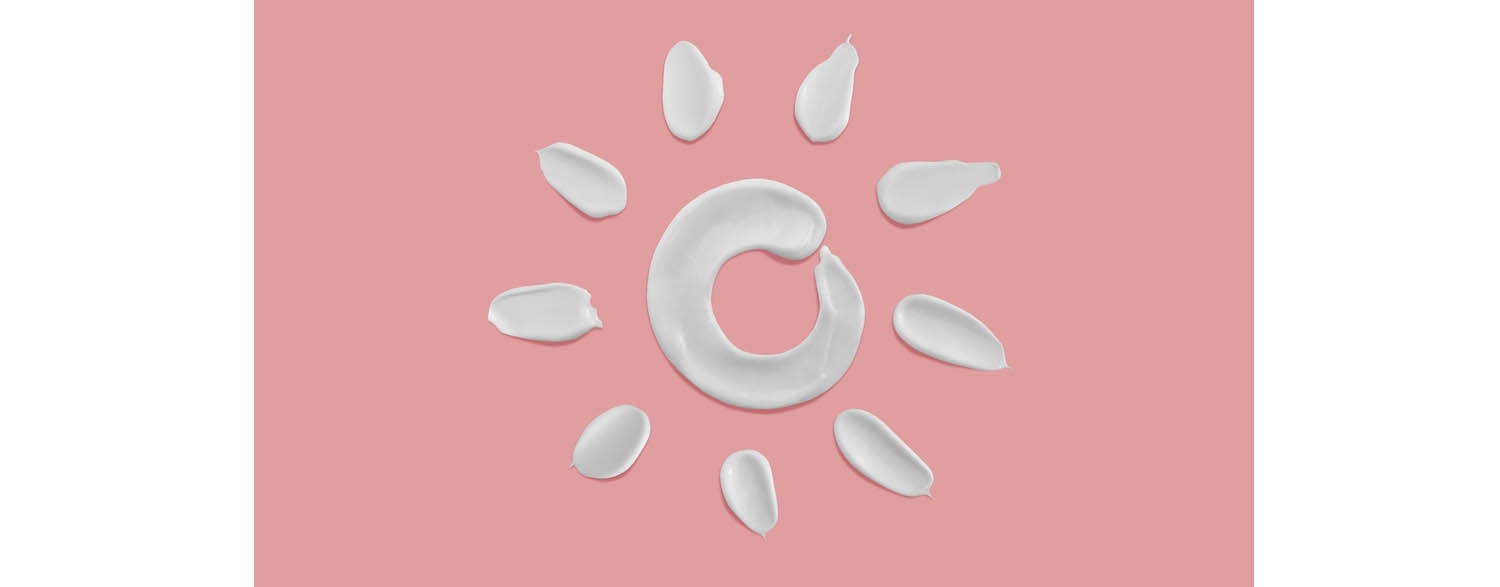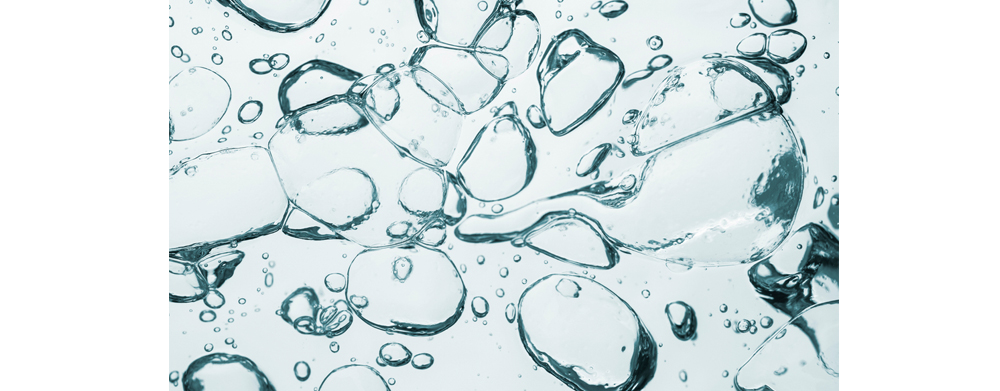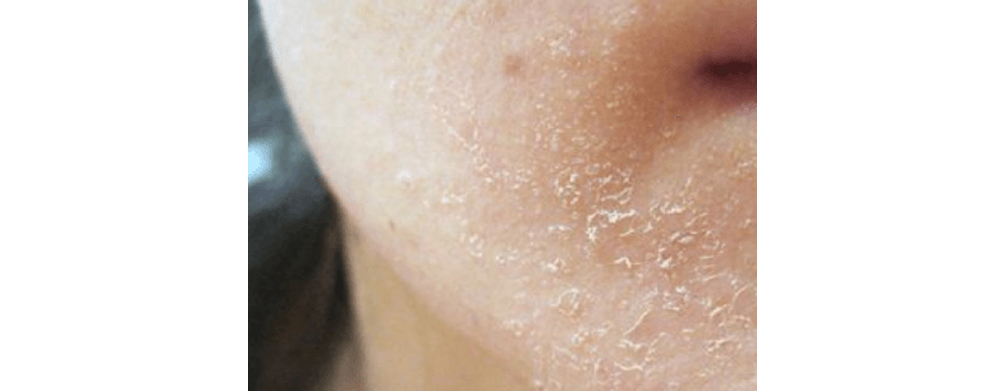Blackheads and Whiteheads
Understanding and Treating Blackheads and Whiteheads: Your Comprehensive Guide
Introduction:
Clear, radiant skin is something many of us aspire to have, but pesky skin imperfections like blackheads and whiteheads can often stand in the way. These common skincare concerns can be frustrating, but with the right knowledge and products, you can effectively treat and prevent them. In this comprehensive guide, we will delve into the factors contributing to the formation of blackheads and whiteheads, explore the reasons behind their occurrence, and discuss various treatments using skincare products.
Part 1: Understanding Blackheads and Whiteheads
1. What Are Blackheads and Whiteheads?
Blackheads and whiteheads are both types of comedones, which are non-inflammatory acne lesions. They occur when hair follicles become clogged with a combination of dead skin cells, oil (sebum), and sometimes bacteria. The key difference between the two lies in their appearance:
- Blackheads (open comedones) appear as small, dark spots on the skin's surface. The dark color is not due to dirt but results from the oxidation of melanin, the skin's pigment, when exposed to air.
- Whiteheads (closed comedones) are closed or nearly closed follicles filled with a white or flesh-colored bump. The follicle's opening is blocked, preventing air from reaching the clog.
2. Factors Contributing to Blackheads and Whiteheads
Several factors can contribute to the formation of blackheads and whiteheads:
1. Excess Sebum Production: Overproduction of sebum can lead to clogged pores. This excess oil can mix with dead skin cells and become trapped in hair follicles.
2. Dead Skin Cell Buildup: The constant shedding of skin cells can result in a buildup that can clog pores, especially when combined with excess sebum.
3. Hormonal Changes: Hormonal fluctuations, particularly during puberty, menstruation, pregnancy, and menopause, can increase sebum production and contribute to the development of comedones.
4. Cosmetics and Skincare Products: The use of comedogenic (pore-clogging) products can worsen existing blackheads and whiteheads or trigger new ones.
5. Diet: Although the link between diet and acne is still debated, some studies suggest that high-glycemic diets and dairy consumption may exacerbate acne, including blackheads and whiteheads.
Part 2: Treating Blackheads and Whiteheads with Skincare Products
1. Cleansing
An essential step in preventing and treating blackheads and whiteheads is proper cleansing. Use a gentle, non-comedogenic cleanser twice daily to remove excess oil and impurities from the skin's surface.
2. Exfoliation
Exfoliating the skin helps remove dead skin cells that can contribute to clogged pores. There are two main types of exfoliants:
- Physical exfoliants: These contain small particles that physically scrub away dead skin cells. Be cautious with physical exfoliants, as they can be abrasive and potentially worsen acne if used too aggressively.
- Chemical exfoliants: These products contain active ingredients like alpha hydroxy acids (AHAs) or beta hydroxy acids (BHAs) that dissolve dead skin cells. BHAs, such as salicylic acid, are particularly effective for unclogging pores and treating comedones.
3. Topical Treatments:
Several over-the-counter (OTC) and prescription topical treatments can help address blackheads and whiteheads:
- Salicylic Acid: Available in various OTC products, salicylic acid penetrates pores, dissolving sebum and dead skin cells. It's particularly effective for treating comedonal acne.
- Retinoids: These vitamin A derivatives are available in both OTC and prescription forms. They promote cell turnover, preventing the accumulation of dead skin cells and helping to clear comedones.
- Benzoyl Peroxide: An OTC ingredient that kills acne-causing bacteria and helps remove excess oil and dead skin cells.
- Topical Antibiotics: Prescription topical antibiotics can be used to reduce inflammation and control bacterial growth in acne lesions.
4. Non-Comedogenic Moisturizers
Even if you have acne-prone skin, it's essential to use a non-comedogenic moisturizer to maintain skin hydration. Dry skin can exacerbate acne, so choose a lightweight, oil-free formula.
5. Sunscreen
Protecting your skin from the sun is crucial, especially when using acne treatments that can make your skin more sensitive to UV radiation. Opt for a broad-spectrum, non-comedogenic sunscreen with an SPF of at least 30.
Part 3: Reasons Behind the Occurrence of Blackheads and Whiteheads
1. Genetics
Genetics can play a significant role in determining whether you are prone to developing blackheads and whiteheads. If your parents or siblings had acne, you may be more susceptible to these skin issues.
2. Hormonal Changes
As mentioned earlier, hormonal fluctuations can influence sebum production and pore clogging, making hormonal changes a common trigger for blackheads and whiteheads.
3. Poor Skincare Habits
Inconsistent or inadequate skincare routines, including infrequent cleansing and exfoliation, can contribute to the formation of comedones.
4. Diet
While more research is needed, some studies suggest a connection between high-glycemic diets, dairy consumption, and acne, including blackheads and whiteheads. Reducing these dietary triggers may help some individuals.
5. Environmental Factors
Exposure to environmental pollutants and toxins can contribute to skin congestion. Protecting your skin from pollution and using a daily antioxidant serum can be beneficial.
Conclusion
Blackheads and whiteheads are common skin concerns that can be effectively managed with the right skincare routine and products. Understanding the factors contributing to their formation, adopting good skincare practices, and using appropriate treatments can help you achieve clear and healthy skin. Remember that consistency is key, and results may take time. If your acne is severe or persistent, consult a dermatologist for personalized treatment options.






